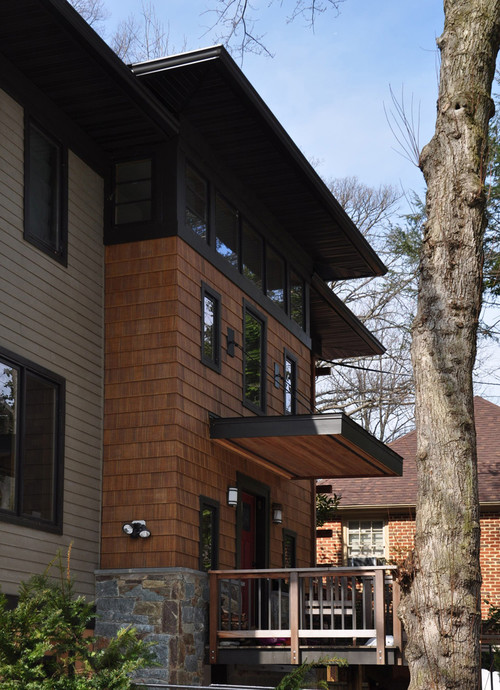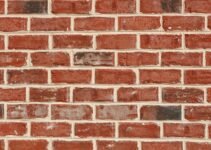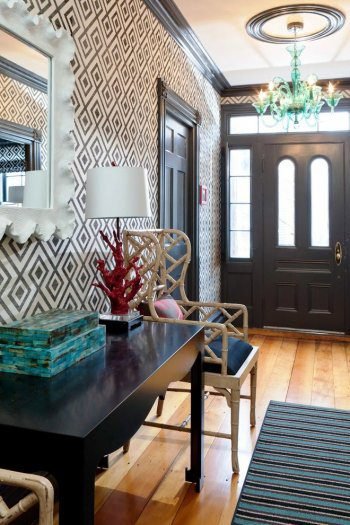Choosing factory-finished siding for your home can be indeed a wise decision, mainly because factory finishes for fiber cement and wood offer a huge range of color options and a paint job that comes with a warranty of at least 25 years. But the advantages for your house are even more.
Imagine that! All the expense and hassle of a finish applied on site will be eliminated.

Photo by Gardner Architects LLC – Discover exterior home design inspiration
Somehow, everything sounds perhaps, too good to be true. You ask yourself if there is something hidden in this generous offer. After all, fiber cement and western red cedar regular siding are both high quality and premium materials, characterized by paint job durability and dimensional stability.
Yes, it is true, but after 10 years you have to repaint the house siding. It cannot be compared with factory-finished siding that has a guaranteed maintenance free of at least 25 years.
It is known that a factory provides the ideal finishing environment and perhaps therein lies the secret of this longevity. The paint job is done in a perfect environment, without exposure to sun or humidity. Moreover, these ideal working conditions ensure the dimensional stability over time. In other words, a factory is a much better place to paint a home.
Let’s see several factors that lead to these remarkable results. In a factory are applied several stages such as:
Acclimation – The raw material is exposed to a controlled humidity and temperature before finish applying.
Application – Big high-speed rollers help the paint to get into the material for a perfect coverage.
- Before primer application, cedar siding is sanded to improve adhesion;
- Alkyd oil primer coat for cedar siding that prevents extractives and tanning coming to the surface;
- Latex primer for fiber cement siding;
- Acrylic-latex finish coat for both materials.
Inspection – The entire paint job is carefully inspected and corrected by hand if necessary.
Air Circulation – The finished material is stored on giant racks with ventilation space between layers.
Maintenance Free Siding Options (Shingles)
Let’s see now several maintenance free siding options such as shingles that come in a large variety of styles and shapes:
a) Cedar Sidewall Shingles: They can make your home look refined or even rustic. Their thickness varies between 4 in. to 12 in. They can be installed in a huge number of patterns and combinations. You can buy them individually or applied on a plywood panel. Also, you find them a great number of textures such as: rough-sawn, grooved or smooth.
b) Fiber-Cement Shingles: They come in a wide range of widths, shapes and textures. Unlike shingles nut, they are not individual pieces, only in the form of panels. However, this can be an advantage because they can be applied easier and faster.
Factory-Finished Siding Are Economic
In a long run this kind of siding saves you a lot of money because they are virtually maintenance free and not have to repaint them.
Types of Home Siding | How To Build A House (howtobuildahouseblog.com)
A Green Comparison between Regular Ones and Factory-Finished Siding
There are several factors that you have to take in consideration when you make a green comparison between fiber-cement siding and cedar siding, such as the manufacturing impacts, the raw materials and of course, maintenance.
Red Cedar (wood) is certainly the greenest construction material.
- Its production absorbs CO2 and release Oxygen;
- Red cedar forests sustain wildlife and have a lot of benefits;
Fiber-Cement is somewhat at the other extreme.
- Contains Portland cement which is huge energy-intensive construction material and wood fiber which is brought from New Zealand;
- Its production generates a huge amount of CO2 and pollution;
However, fiber-cement is more stable than cedar siding and not required to be painted.
Factory-Finished Siding Installation
A proper installation of this kind of siding ensures its longevity. However, you should create a space behind the wall siding, known as rain screen, to prevent humidity to buildup and moisture damage. In this way water will evaporate quickly or will drain down. The easiest method to create the rain screen is to install wooden strips over the felt of the building.
Another method is to use a house-wrap that has a rain screen incorporated.
Factory-finished siding for your home could be indeed a smart solution.


